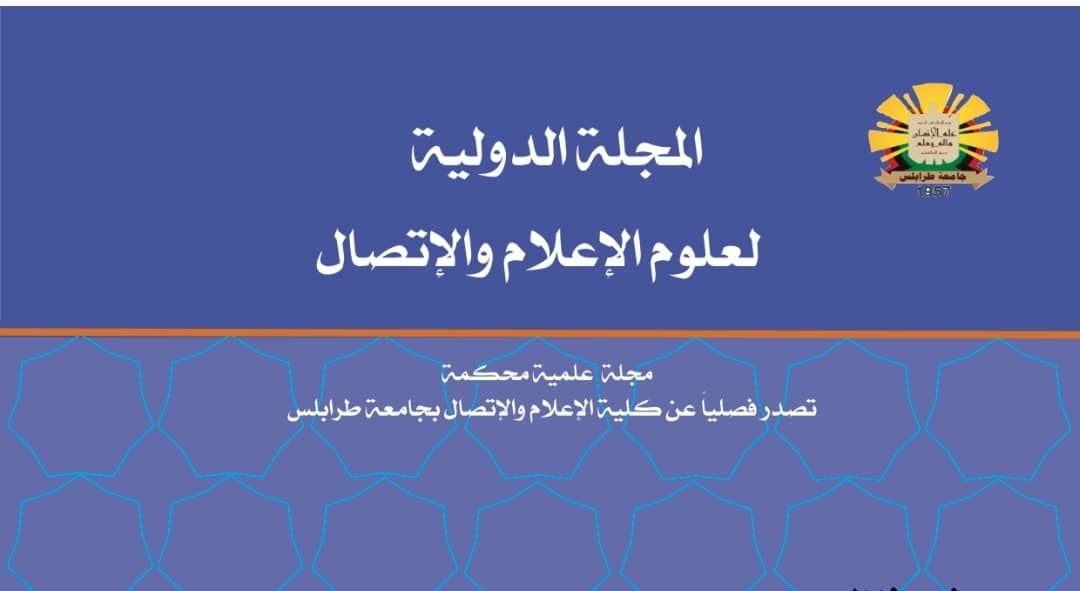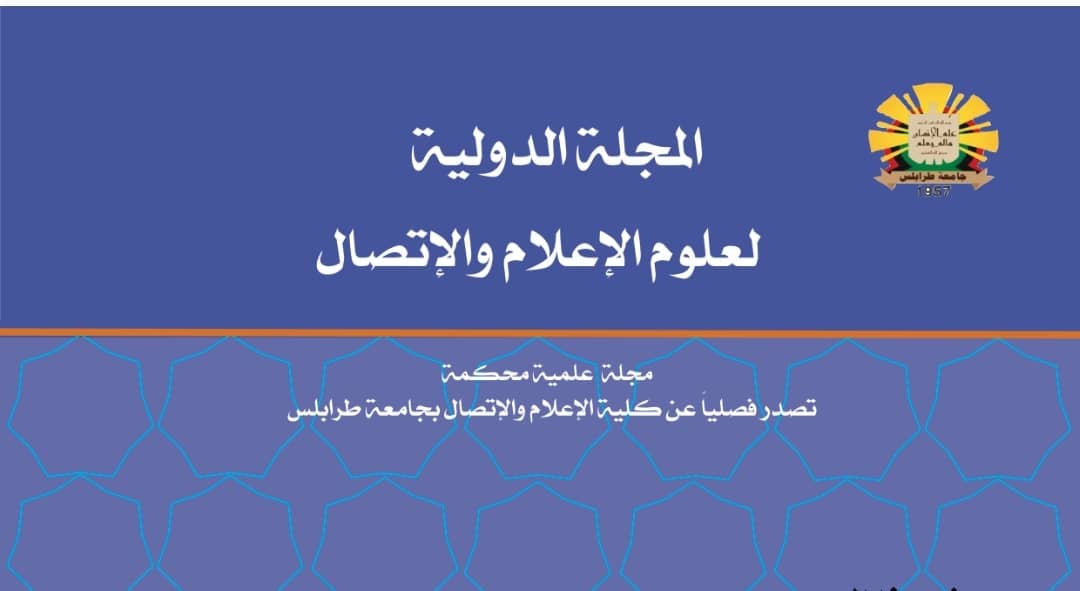الإخراج الفني للمصاحف الليبية (مصحفي الجماهيرية والأوقاف الليبية أنموذجاً)
الملخص
الملخص
جاءت فلسفة العرب والمسلمين تبحث عن الجمال المحض من خلال النزوع إلى التجريد نحو الجمال المطلق لا المحدد خلافاً لفلسفة الغرب، فاعتنى المسلمون بالمصاحف وزخرفتها كنوع من الاهتمام بها مستخدمين أسلوب التجريد لهذه الزخارف لما تنص عليه الفلسفة الإسلامية للتجريد وكراهية الفراغ، حيث تناولت هذه الدراسة مصحفين ليبيين كدراسة تحليلية ومقارنة للإخراج الفني من حيث الزخارف المستخدمة وطريقة الكتابة. حيث كُتبا المصحفين بخط النسخ لما يحمله هذ الخط من خصائص فنية جمالية تتناسب وكتابة المصاحف. فتلخصت المشكلة في طرح التساؤل التالي: ما هو دور الإخراج الفني في جمالية المصاحف الليبية؟ وتمثلت الأهداف في التعرف على طريقة الإخراج الفني وأنواع الزخارف والخطوط والألوان المستخدمة والكشف عن الخصائص الجمالية، فأتبع الباحث المنهج الوصفي التحليلي في ذلك، كما تناول في الجانب التحليلي عينتين الأولى: (مصحف الجماهيرية للخطاط أبوبكر ساسي المغربي) والثانية: (مصحف الأوقاف الليبية للخطاط الصديق أبوبكر الزغداني)، فأخلصت الدراسة إلى مجموعة من النتائج كان أهمها: - وجود انبساط وتدوير في بعض الحروف في مصحف العينة رقم (1)، بينما كانت أغلب الحروف في مصحف العينة رقم (2) على مستوى السطر. وجود جمالية حسية تتماشى مع خط المصاحف في العينة رقم (1) رغم خروج الخطاط عن قاعدة الميزان الخطي للكتابة، التزام الخطاطين في طريقة إخراج السطر من حيث حساب بدايات السطور ونهاياتها.
Abstract
The philosophy of the Arabs and Muslims came to search for pure beauty through the tendency towards abstraction towards absolute beauty, not specific, in contrast to the philosophy of the West. Muslims took care of the Qur’an and its decoration as a kind of interest in them, using the method of abstraction for these decorations due to what Islamic philosophy stipulates about abstraction and hatred of emptiness, as this study dealt with two Libyan Qur’an. As an analytical and comparative study of artistic direction in terms of decorations used and method of writing. The two Qur’ans were written in Naskh script because of the aesthetic artistic characteristics that this script carries that are appropriate to the writing of the Qur’ans. The problem was summed up in asking the following question: What is the role of artistic direction in the aesthetics of the Libyan Qur’an? The objectives were to identify the method of artistic direction, the types of decorations, fonts, and colors used, and to reveal the aesthetic characteristics. The researcher followed the descriptive analytical approach in this. He also dealt with two samples in the analytical aspect. The first: (The Qur’an of the Jamahiriya by the calligrapher Abu Bakr Sassi al-Maghribi) and the second: (The Qur’an of the Libyan Endowments by the calligrapher Al-Siddiq. Abu Bakr Al-Zaghdani), the study concluded with a set of results, the most important of which were: - The presence of flattening and rounding in some letters in the sample Qur’an No. (1), while most of the letters in the sample Qur’an No. (2) were at the line level. The presence of a sensual aesthetic in line with the calligraphy of the Qur’an in sample No. (1). Despite the calligrapher’s departure from the rule of the linear scale of writing, the calligraphers adhered to the method of directing the line in terms of calculating the beginnings and ends of the lines

